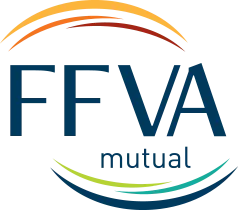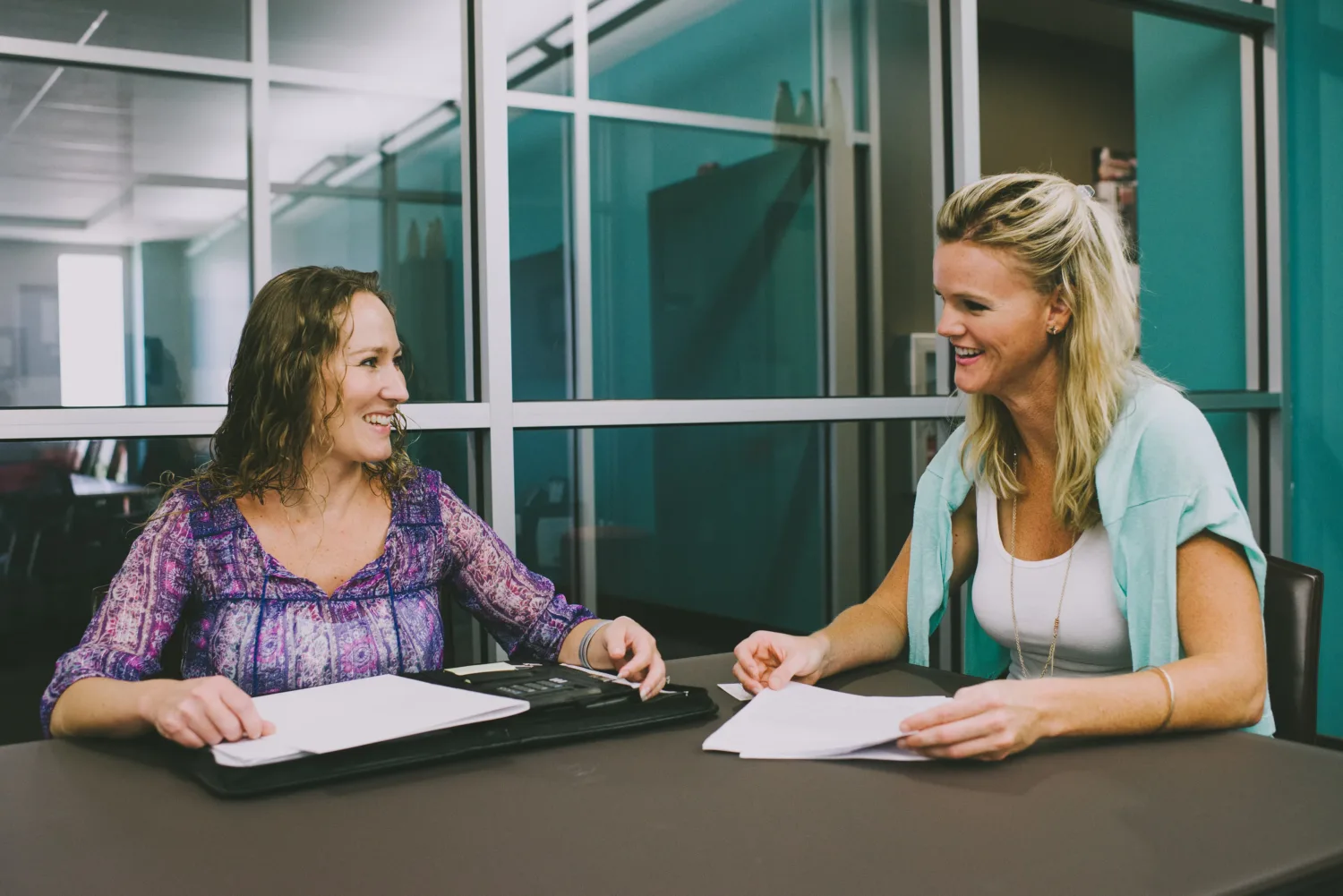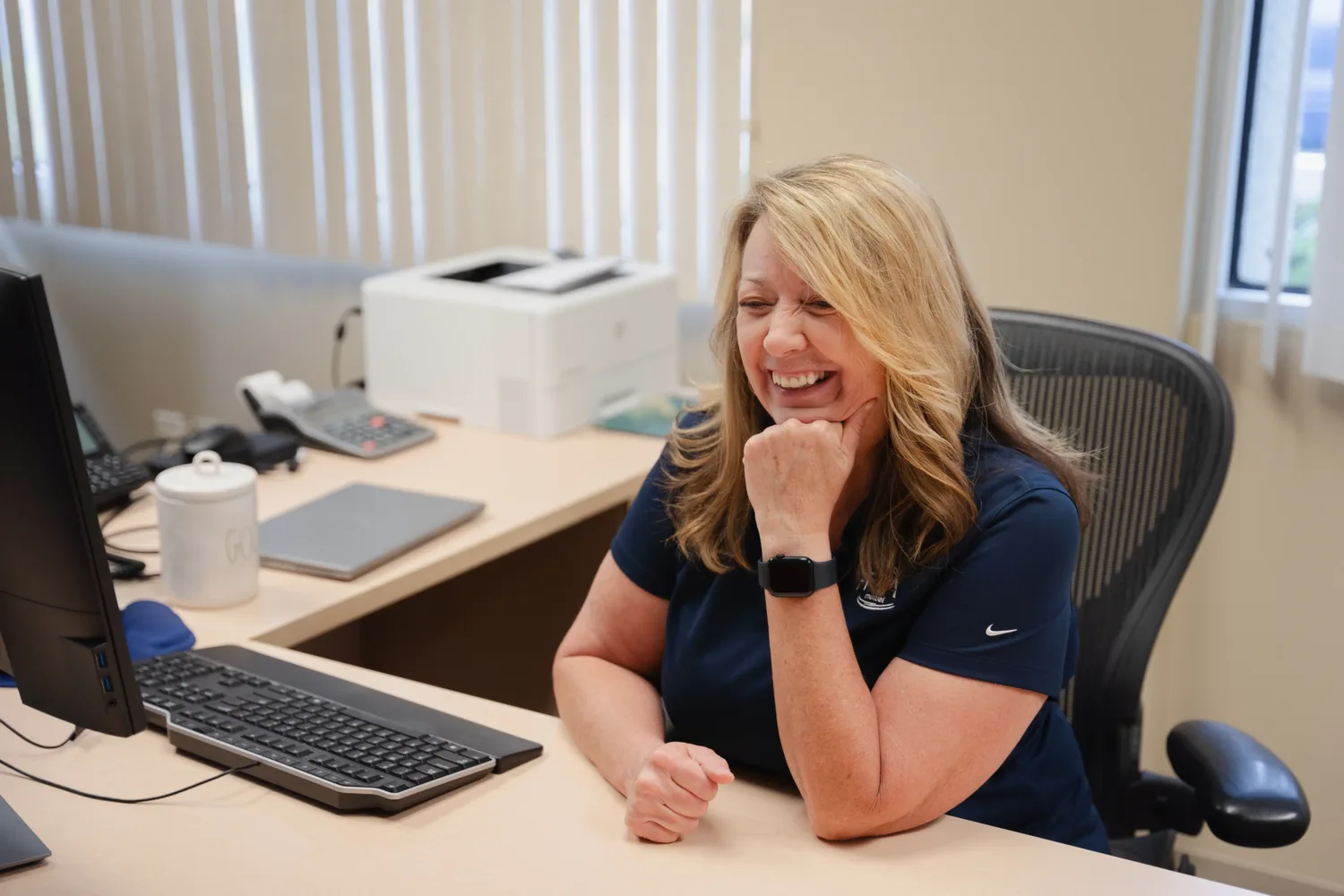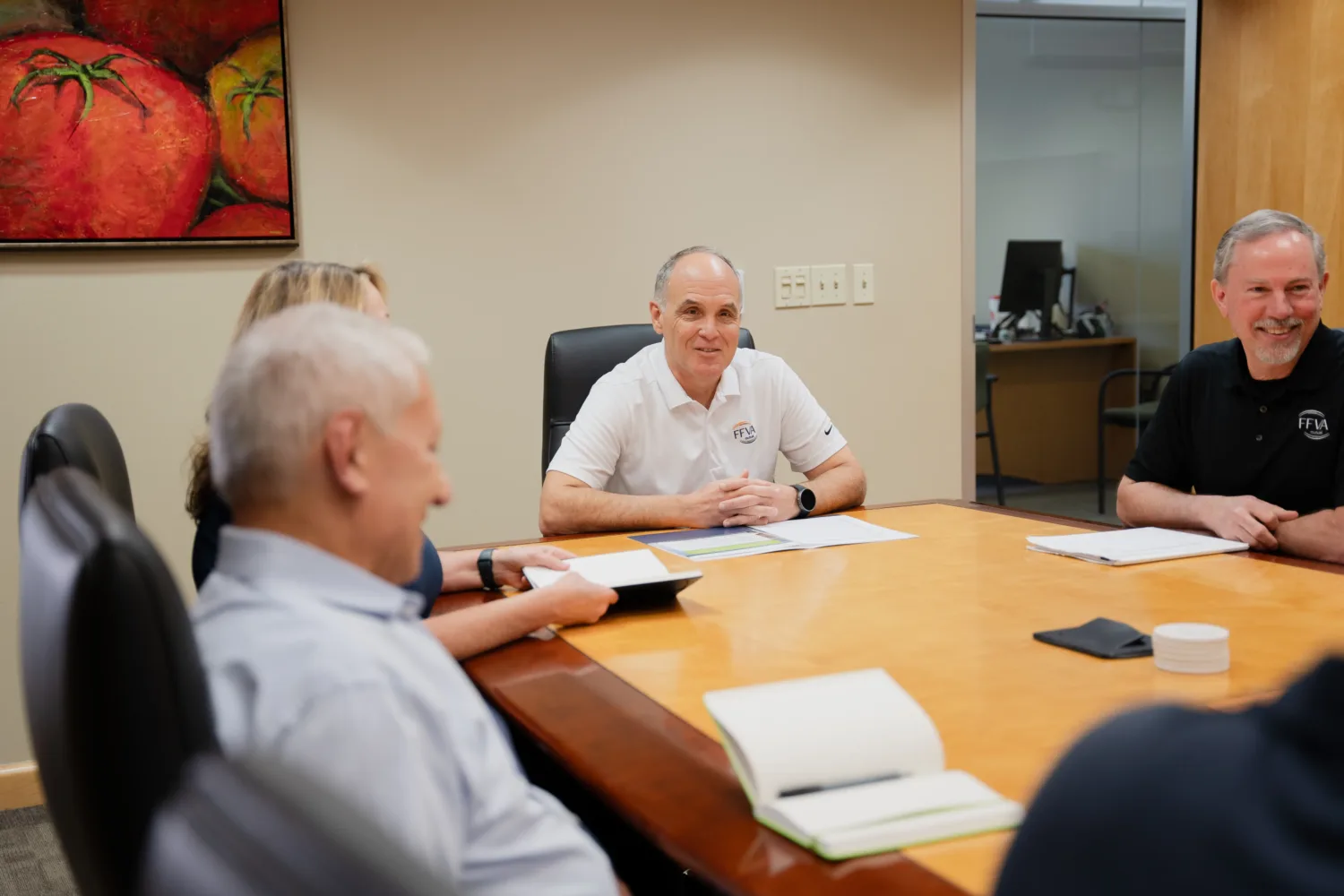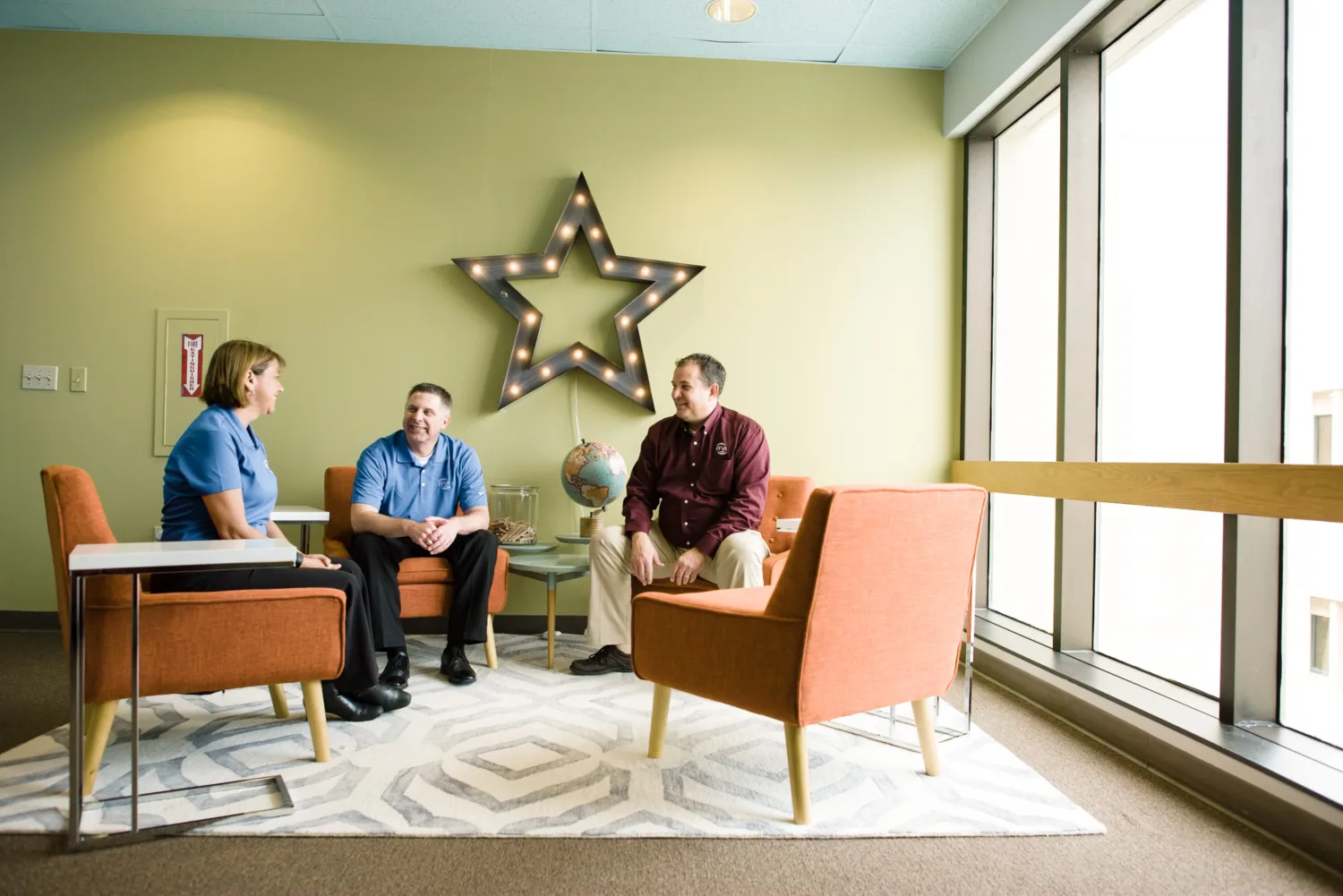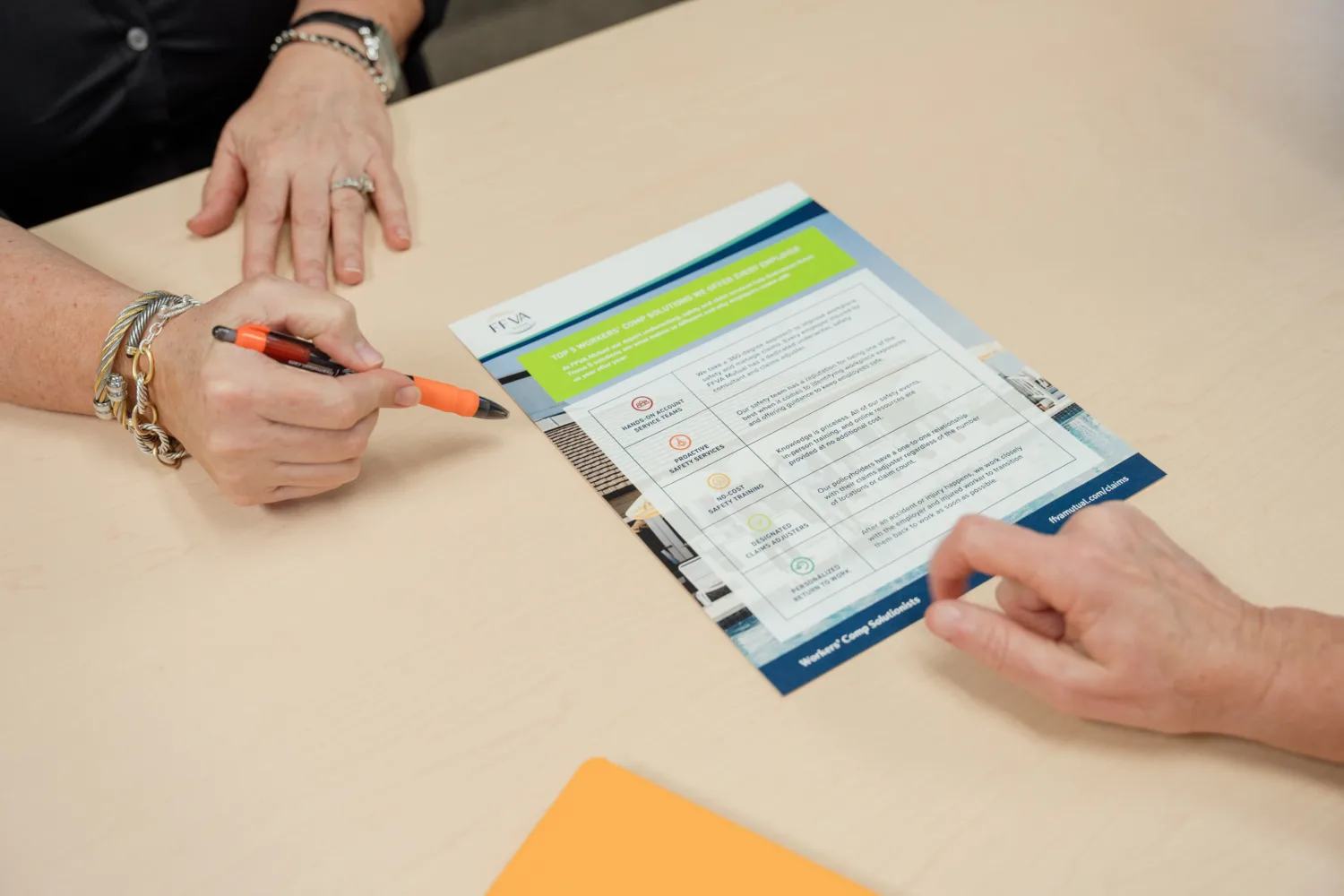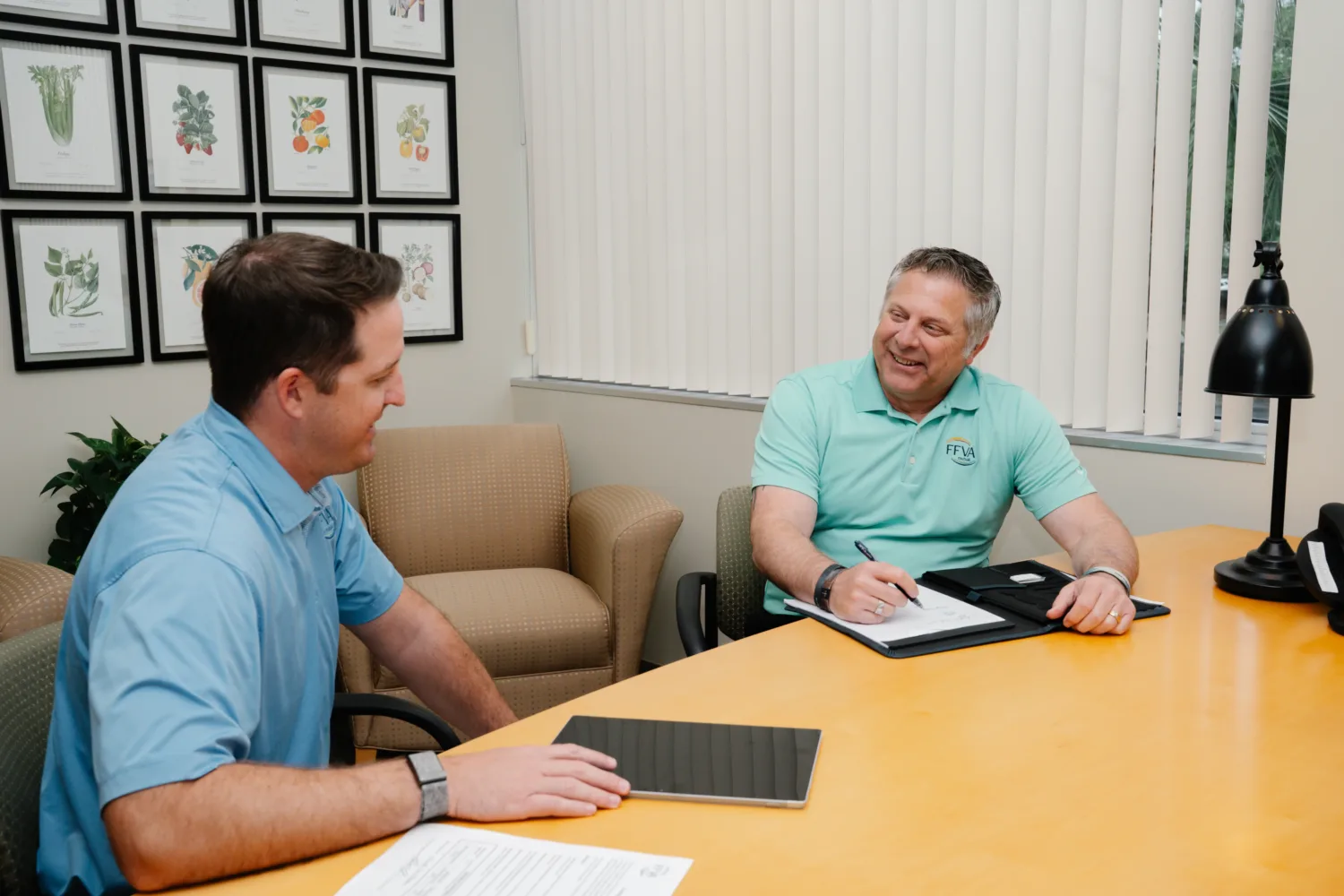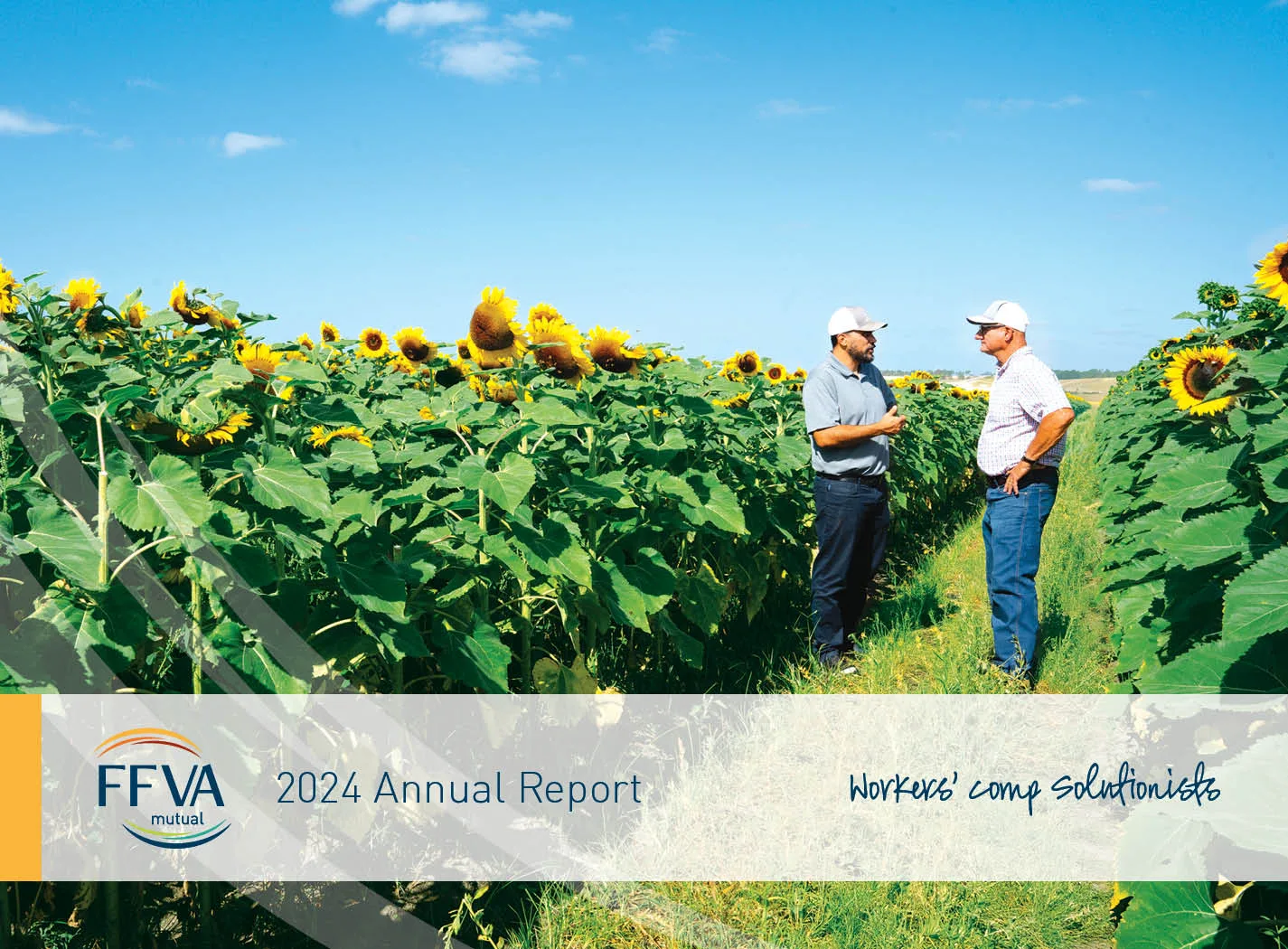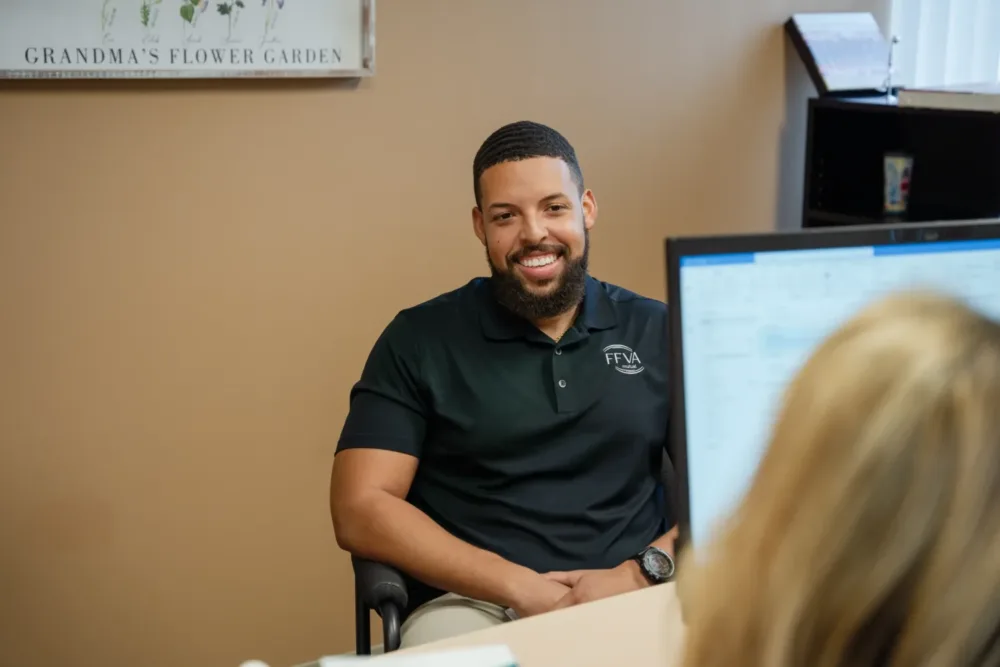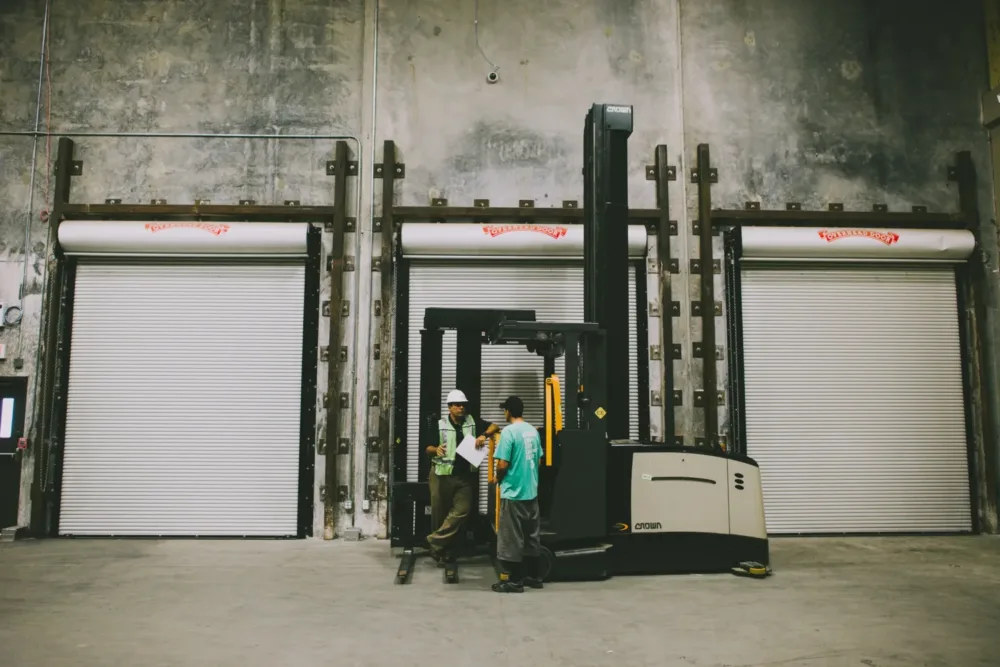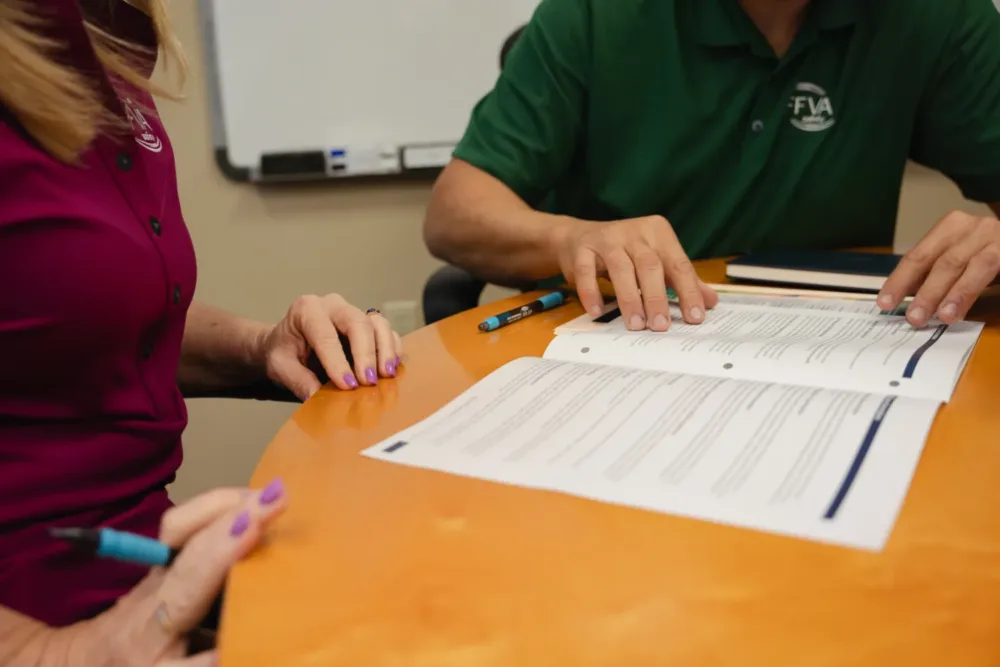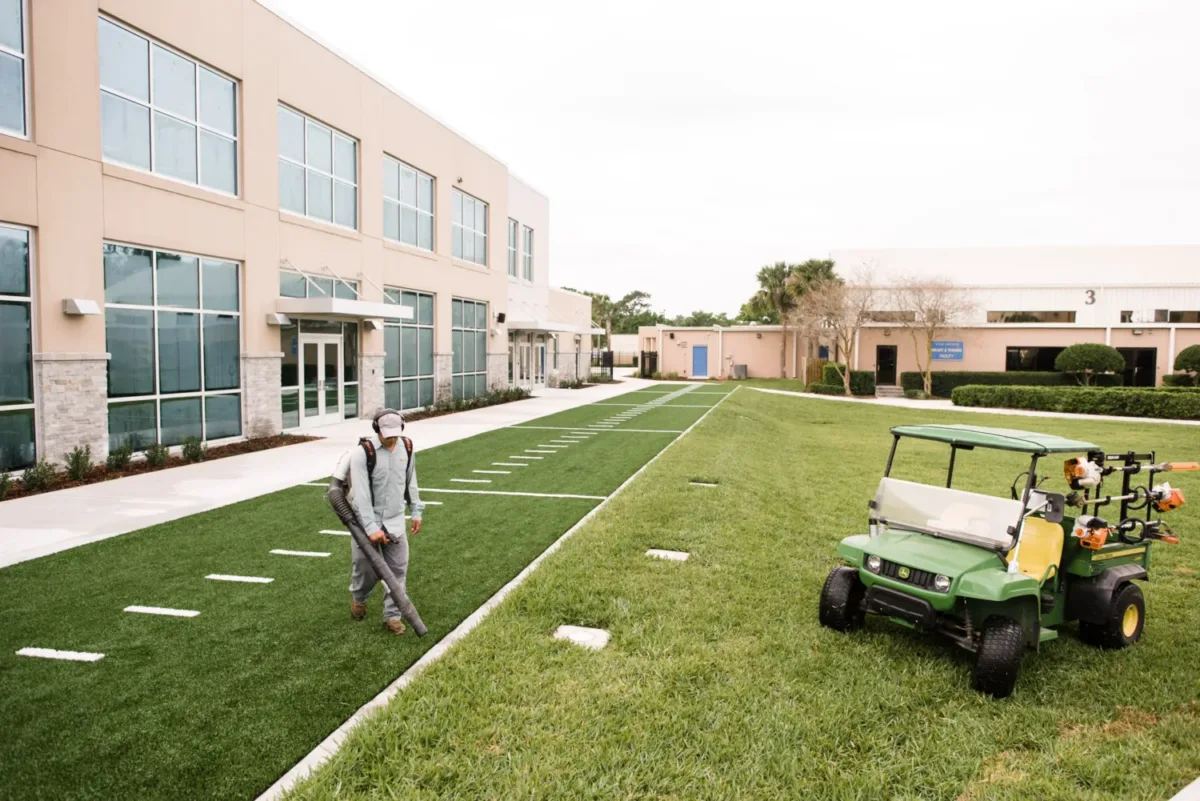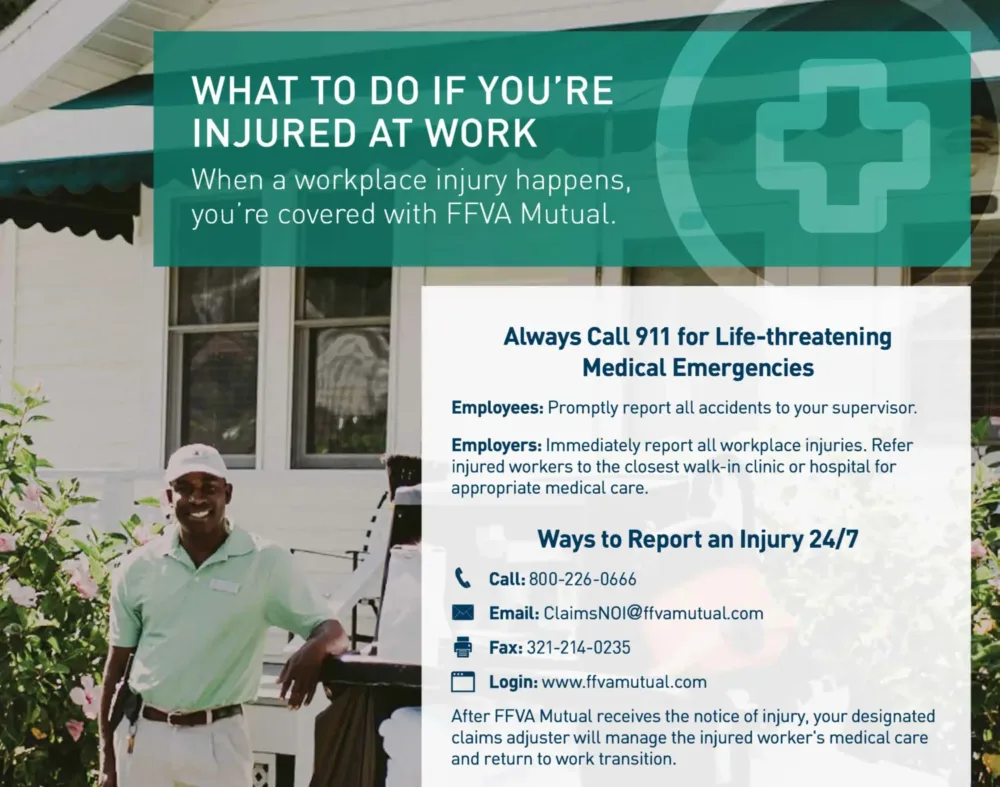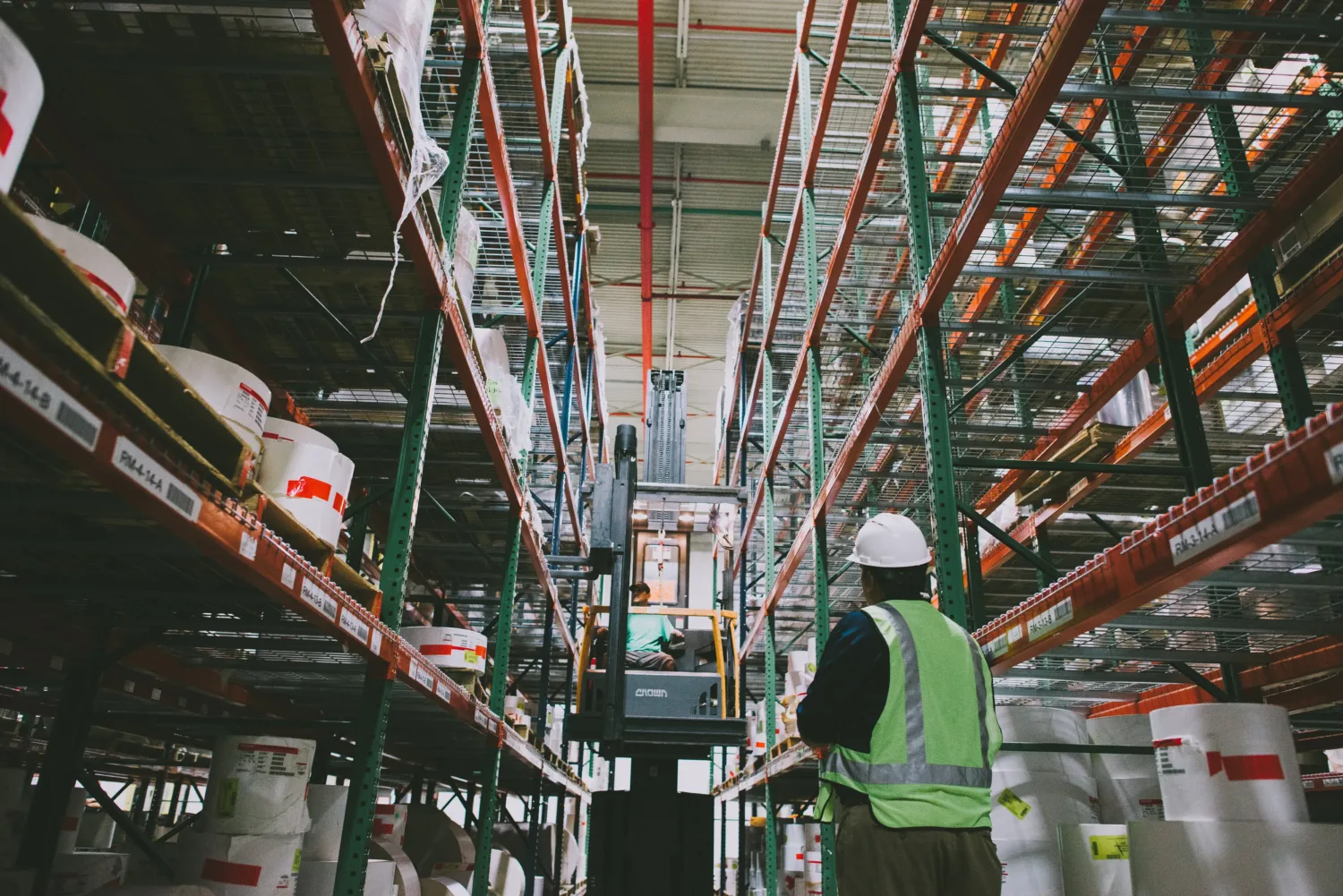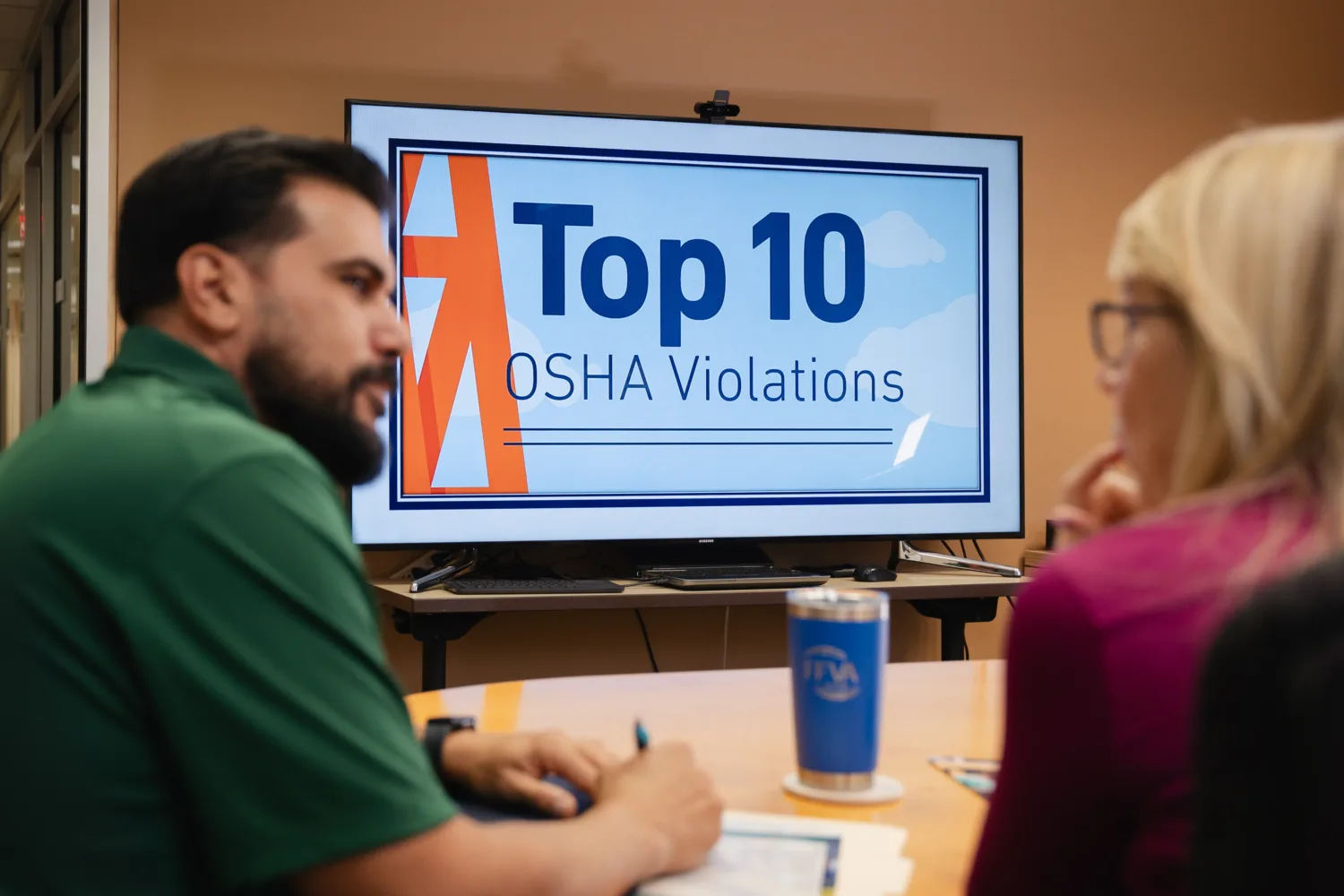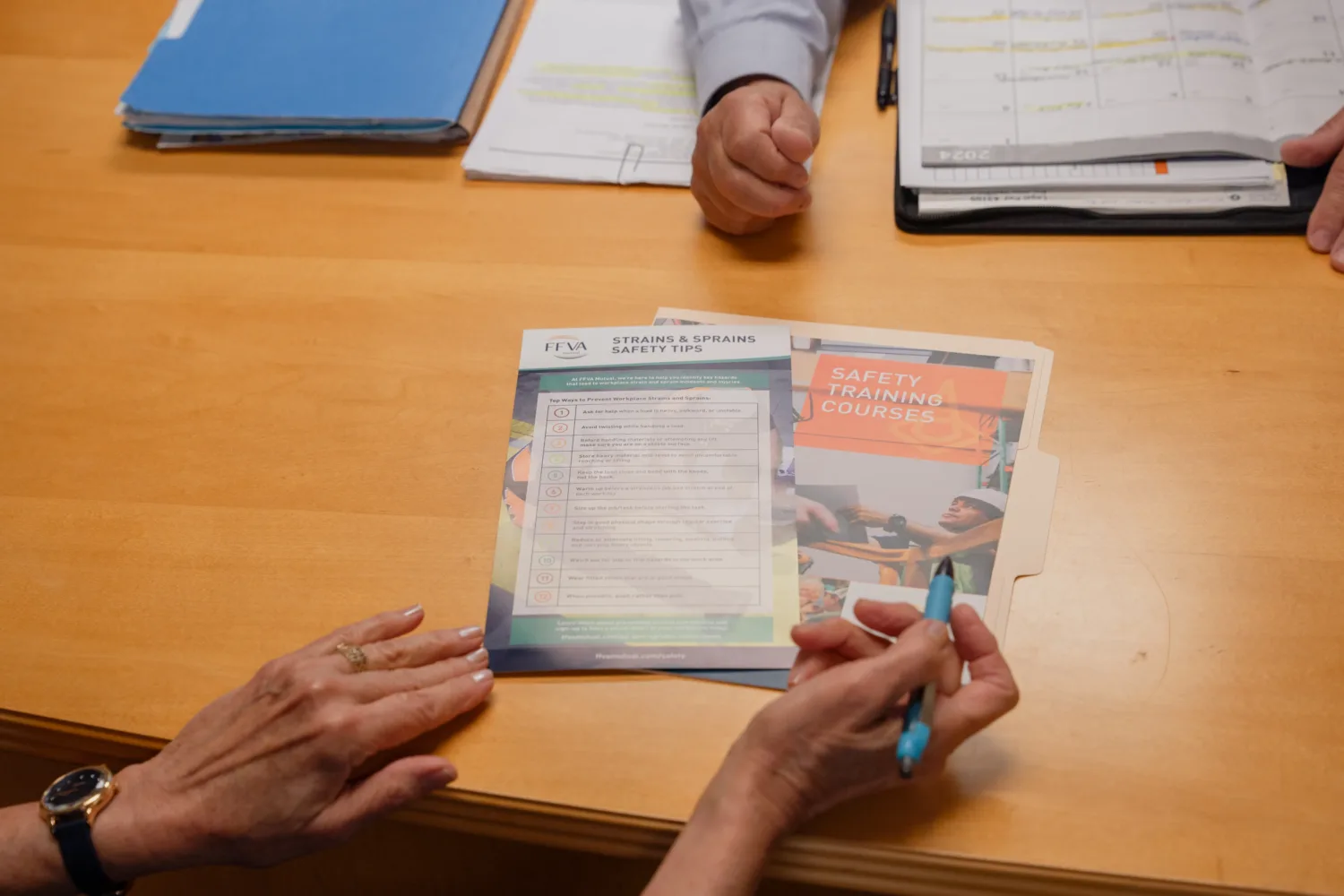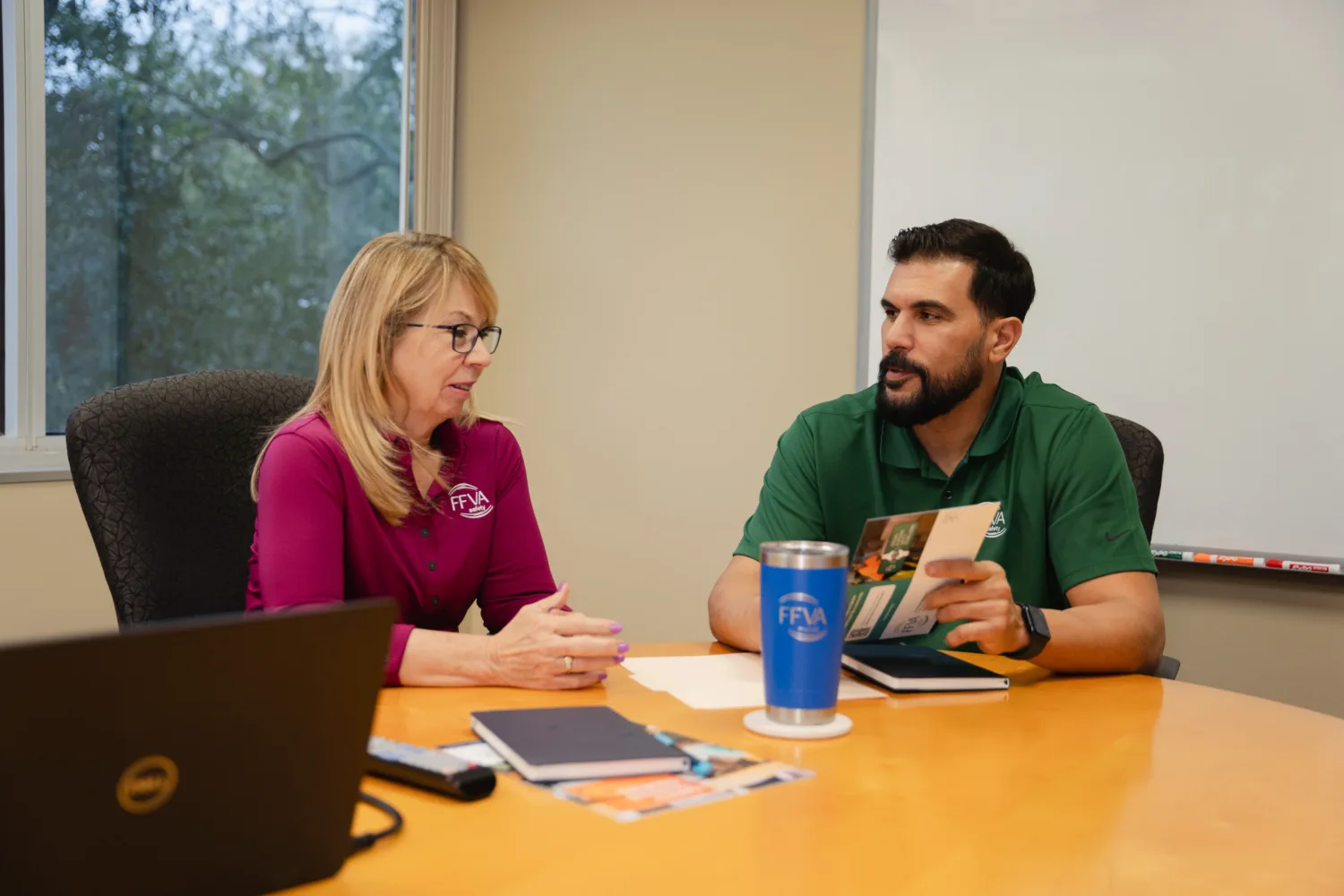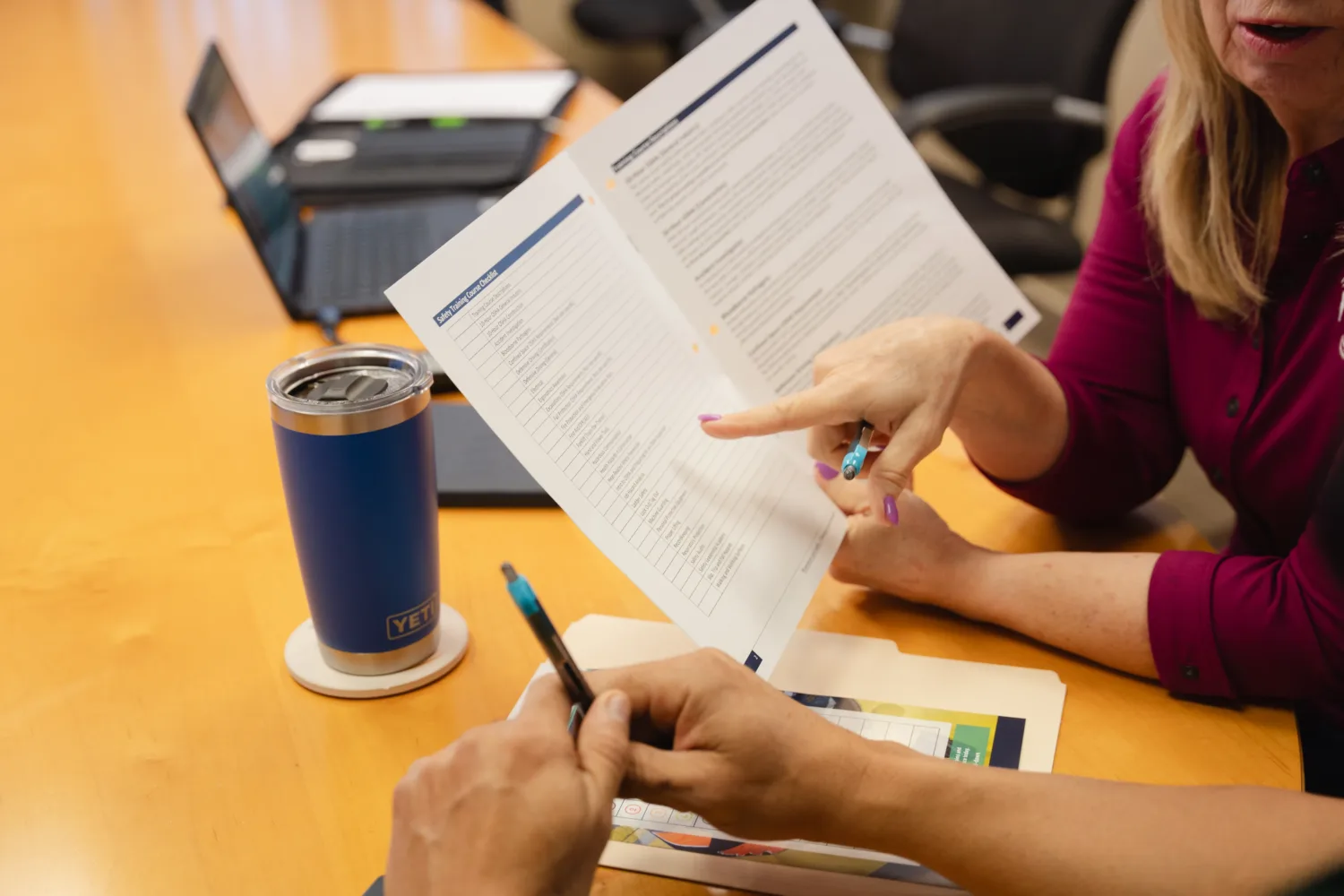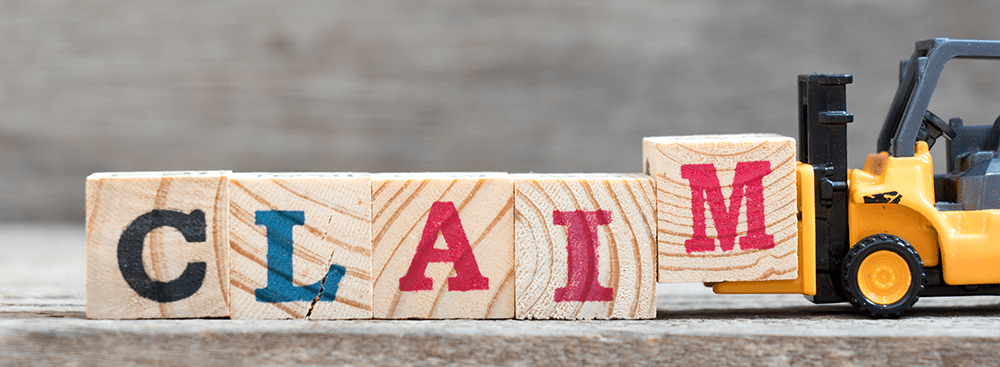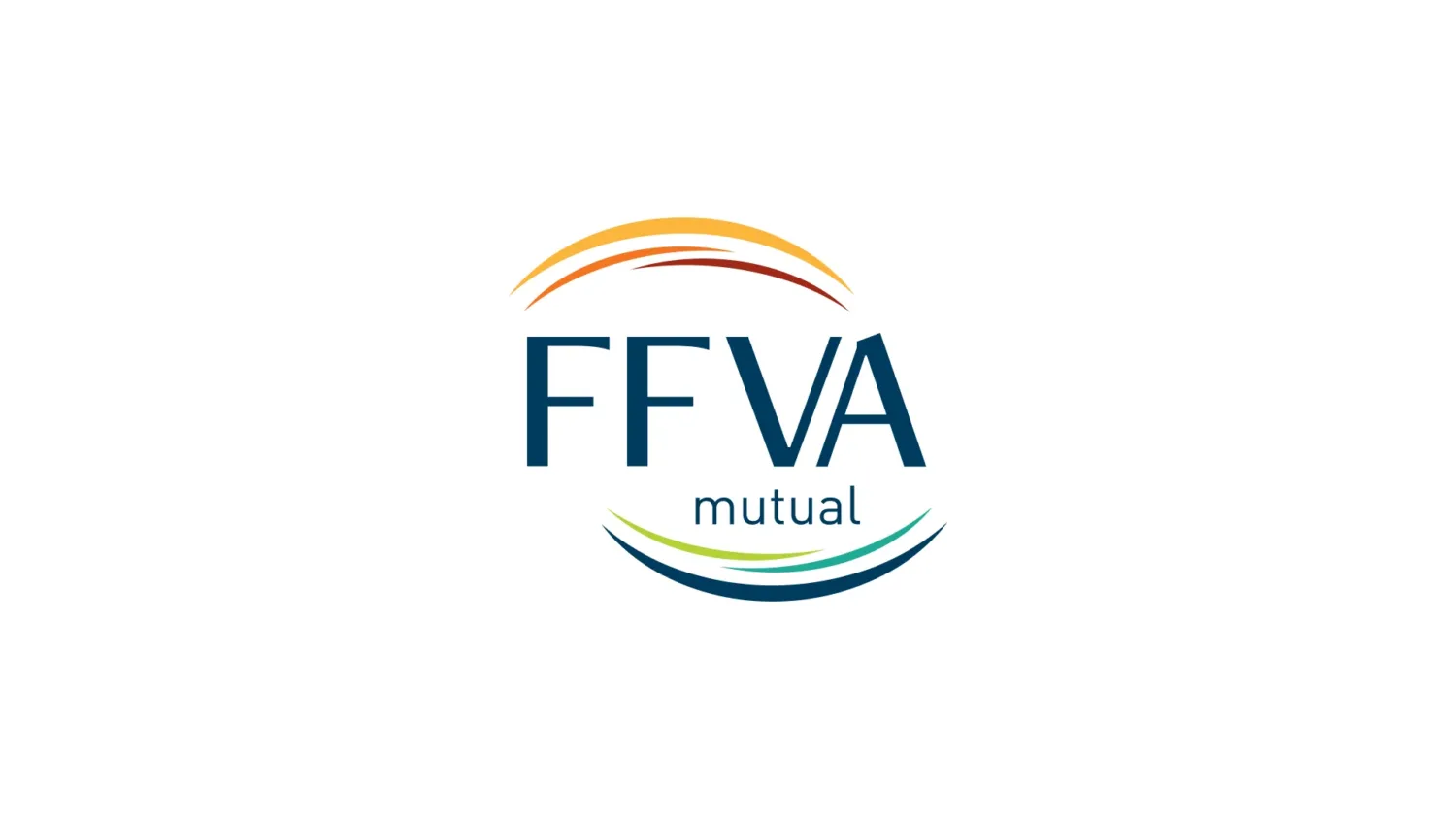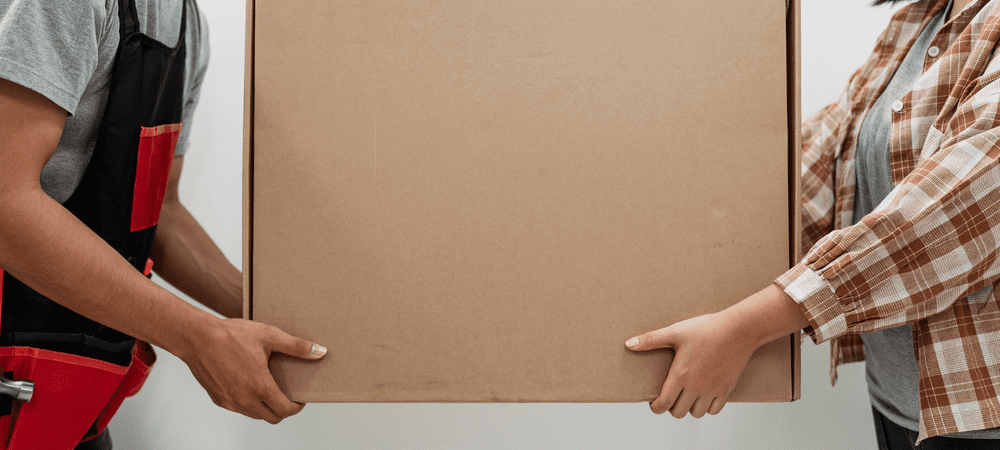Workers’ Comp Claims Statistics and Trends
FFVA Mutual’s year-to-year workers’ compensation claims data gives us important insight into the types of injuries that lead employees to file a claim. We’ve compiled a list of the five most common workers’ comp claims reported to FFVA Mutual between 2018 and 2020, and to help you take action, we’ve outlined a few tips for what you can do to prevent them from happening in your workplace.
If an accident or injuries happens, you’re already behind. Corrective action is important, but it’s more important to prevent future (and possibly worse) accidents from happening at all. That’s why you need to put together a more proactive, preventative approach by analyzing all work processes to identify hazards and take action against them.
Continue reading to learn more.
Top 5 Workers’ Compensation Claims and How to Prevent Them
1. Cuts, Punctures and Scrapes
Prevention: You can prevent these types of injuries by putting the right protocols in place to keep employees out of harm’s way. That means implementing proper controls to avoid serious injuries like amputations, but it can even be as simple as encouraging employees to wear the right personal protective equipment while doing potentially dangerous work.
2. Strain or MSD Injury
Prevention: Although they’re the second most common injury leading to workers’ compensation claims, strains and musculoskeletal disorders (any injury to a person’s muscles, nerves or joints) are actually the costliest. Preventing these requires a more involved approach.
“If you want to really reduce the chance of having serious musculoskeletal injuries,” said Karen Johnson, safety supervisor at FFVA Mutual, “the best approach is to fit the workspace to the employee, not the employee to the workspace. You can design almost any workspace to fit the employee.”
That might mean building platforms for shorter employees so they’re not exposing themselves to risk. Or, if you’re in an office setting, making desks adjustable so they’re fit for many different types of people.
3. Slips, Trips, Falls
Prevention: Most slips, trips and falls actually happen at the same level where an employee is already standing, rather than them falling from an elevated surface. With that in mind, it’s important to make sure all floors and surfaces are regularly cleaned and any spills are picked up as soon as possible. You can also train employees on some best practices, like teaching them to walk at a slower, more appropriate pace, to make them much less likely to fall on the job.
Other ways to prevent slips, trips and falls include:
- Remove obstacles from walkways and always keep them free of clutter
- Ensure rugs, mats and carpets are secure by tacking or taping them down. Replace all worn anti-fatigue mats
- Make sure file cabinets and desk drawers are closed whenever they aren’t in use
- Remove cables, hoses and cords from walkways when they aren’t being used
- Keep all working areas and walkways well lit
- Ensure all spills are cleaned up immediately or barricaded.
4. Motor Vehicle
Prevention: Driving is one of the most dangerous things your employees will do for your company on a daily basis. It’s also important to remember that your employees’ behavior behind the wheel of a company vehicle can make a big statement about your company’s reputation, so it’s vital to promote good road safety.
Always make sure company vehicles are properly maintained and in good repair. Conduct inspections at the start of every day to identify any mechanical issues and resolve them before the vehicle goes back on the road. You should also verify your drivers’ motor vehicle reports (MVR) on a regular basis to ensure their licenses are valid and they have no outstanding violations.
It’s important to implement a company distracted driving policy and to train employees on best practices while on the road, like encouraging them to drive more slowly and use their turn signals. Creating a distracted driving policy provides employees with strict guidelines for avoiding cell phone use (which includes answering texts and checking emails) while they’re behind the wheel. Try not to call employees when you know they’re driving, as this can encourage them to use their phones when it isn’t safe.
FFVA Mutual provides defensive driving and distracted driving training courses for our policyholders and their employees free of charge.
5. Strain or MSD Injury by Lifting
Prevention: Preventing lifting injuries means designing a workspace that doesn’t require employees to use unsafe lifting motions to get things done. That might mean storing heavy materials in such a way as to avoid higher or lower surfaces to prevent awkward reaching or lifting and unsafe lifts that could cause injury. You also might consider storing product or material in smaller boxes as opposed to larger, heavier ones, and also storing heavier materials at mid-level.
It’s also important to teach employees safe lifting techniques. They should avoid lifting heavy objects at either the beginning or end of the day. That’s when their bodies are tight and tired and more likely to experience an injury. It is also important to encourage employees to use the team lift approach.
What’s Behind the Numbers?
Why Strains are the Costliest Workers’ Compensation Claim
Strains were the costliest claim type in 2018 and 2020, and they were the most expensive one overall between 2018 and 2020. Why is that the case? A diagnosis for a strain in one part of the body often reveals a strain in other parts of the body as well. If an employee is feeling neck pain, for example, a specialist might show that they have a strain in their neck and their shoulder. An injury like that might bump costs.
The Effect of COVID-19
This probably won’t come as much of a surprise, but there was a significant drop in the number of workers’ comp claims reported in 2020. With fewer people in the office or at job sites, there were simply fewer opportunities for people to get hurt, and that caused the numbers to take a tumble. More than that, many employers were forced to let go of some of their staff, and an employee’s risk or history of injury might have played a part in some employers’ decisions.
The Rise of Psychosocial Injuries
We’re beginning to see a greater emphasis on the importance of psychosocial injuries (like addiction, depression and anxiety disorders). In the past, claims were usually related strictly to physical injury, but as people become more concerned about mental health, insurance companies are also taking it more seriously. While carriers aren’t responsible for making payments for psychosocial injuries, they’re beginning to recognize that these issues can play an important part in an injured employee’s return to work.
The Numbers are Bouncing Back
As offices begin to reopen and employees go back to in-person work, workers’ comp claims numbers are expected to climb back to what they were before the pandemic. In fact, it already looks like this year’s numbers have seen a resurgence compared to last. Despite this, there probably won’t be any long-term change — big shifts don’t usually happen on an annual basis.
Maintaining the health and safety of your employees is a top priority. But sometimes the unexpected happens. Our team at FFVA Mutual provides claims management solutions that fit your situation and ensure that if an employee gets injured on the job, you’re ready. Check out our no-cost safety training courses for policyholders. Are you an employer looking for workers’ compensation insurance? Find an agent near you today to get a quote.
